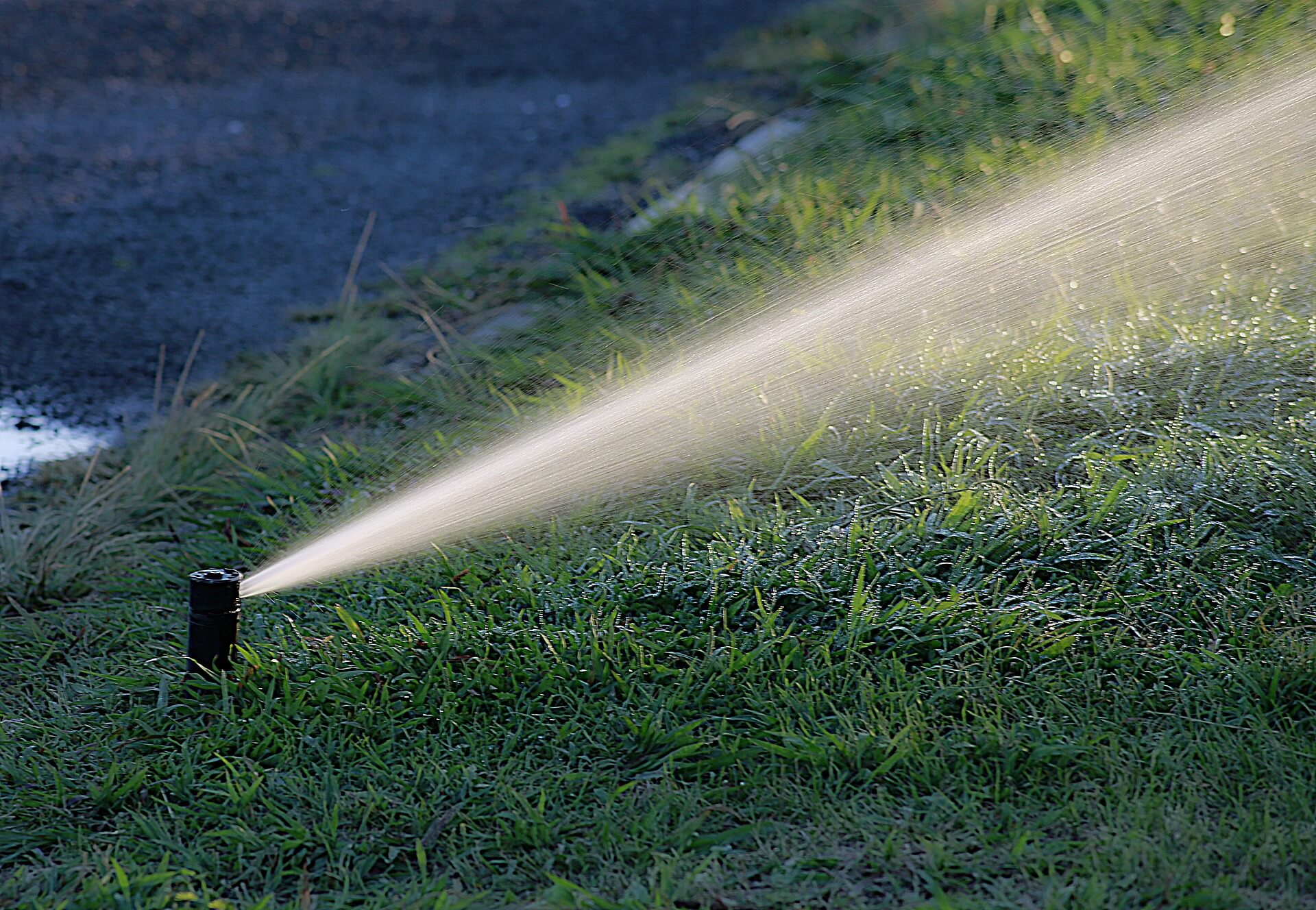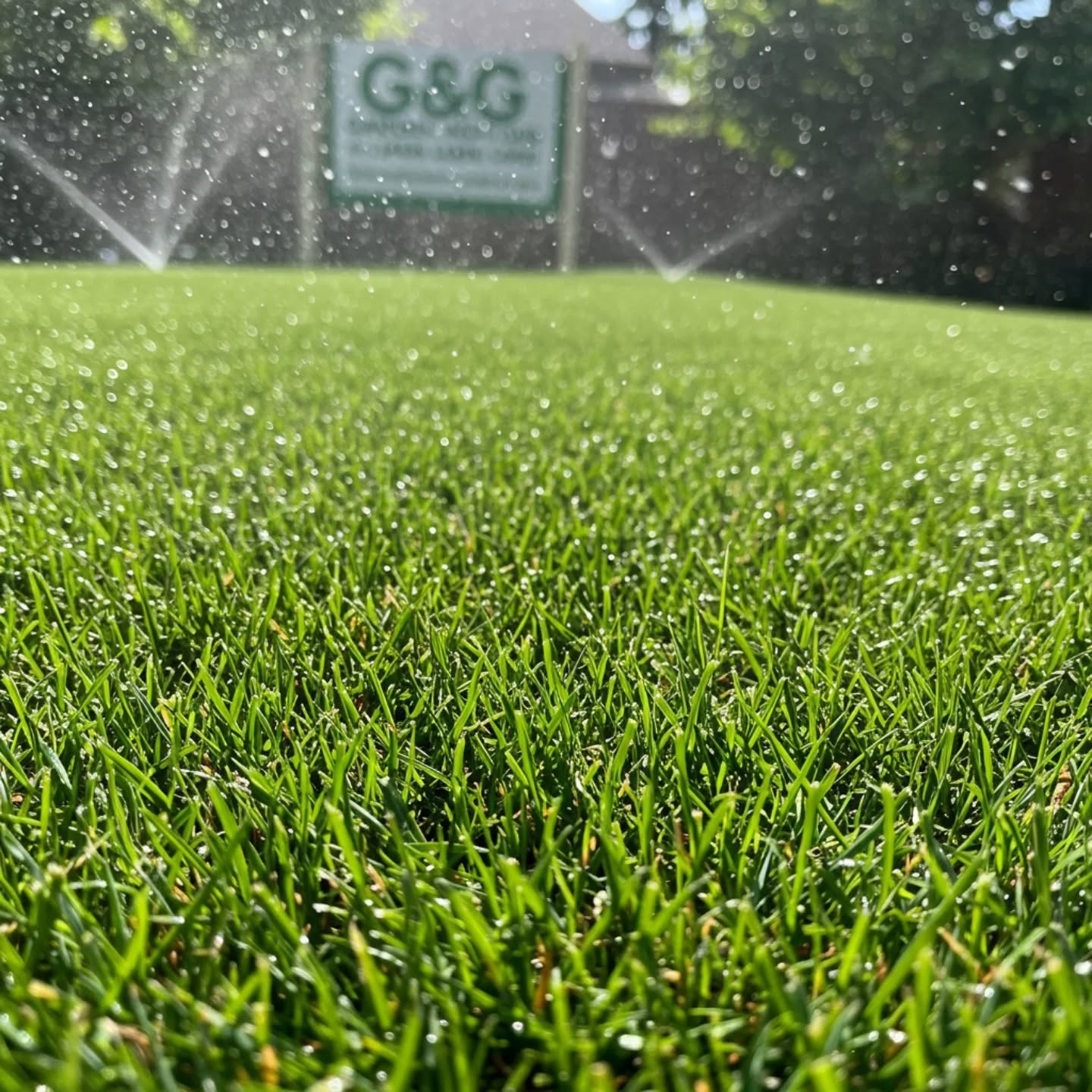How to Water Your Lawn
Introduction
Watering is one of the crucial aspects of a healthy lawn. Just like human beings, gardens require water to survive. The amount of water needed in each yard depends on the season of the year, the weather, and the nature of the grass.
Lawns are known as water guzzlers, but remember, it is made to survive with Mother Nature rains. On average, a lawn requires 1 to 1.5 inches of water per week to stay healthy.
For many homeowners, green and lush lawns symbolize a welcome home, a beautiful place to enjoy, and/or an additional value attached to their property.
Regardless of your reason, this article will provide lawn care tips that will help you to understand how to water your lawn efficiently. Not wasting water is very important, either to save money or to be environmentally friendly or both.
Tips for Watering your Lawn
– The Best Time for Lawn Watering
Early in the morning is considered the best time for watering your lawn. It will allow the water to penetrate down to the roots before midday.
You can water it at any time, but during the day, the soil is hot and most of the water evaporates before reaching the root system.
Night watering is also not good, as the lawn stays wet for a long time. It can encourage mildew, pests, and fungus overnight.
– How Much Water the Lawn Needs
Most established lawns need 1 inch of water per week, either from rain or from watering. The importance of quantity is to allow deep penetration to cover the entire root system.
It is important to mention the water shouldn’t be applied faster than the soil is able to absorb. If the water begins to run off, it will not be used efficiently. This happens especially during summer rains.
The 1 inch of water can be applied during one single watering, but we suggest dividing it into two ½ inch watering during the week. Let the soil dry between watering. Roots will grow deeper, looking for water below the surface as the soil dries.
– How to Know if it is enough water
Check the soil after 15 minutes during your first watering and then every 5 minutes. Use a shovel or screwdriver to test how deep the water has moved. Mark the time once the soil has been soaked to a depth of at least 6 inches — that’s how long you’ll need to water your lawn in the future.
Alternatively, place cans on your lawn to measure how long it takes to collect a half inch of water in each. Therefore, to get 1 inch of water per week you can run your sprinkler system twice a week for the amount of time you just measured.
– Consider the type of soil
Different types of soils need different amounts of water. For instance, sandy soils require approximately only 1 to 1.5 inch of water to become saturated while clay soils need around 1.5 to 2 inches.
– Wise Water Use in the Landscape
- When choosing plants for the landscape, look at the plant tag for water requirements. Group plants with similar water need to maximize water resources.
- Retain soil moisture by using compost, shredded leaves or mulch around plants. Keep weeds pulled from flowerbeds (they compete for moisture and nutrients).
- To minimize evaporation and fungal diseases, water in the early morning. Unless it’s stressed or endangered from lack of water.
- To promote root growth, water deeply and allow the soil to dry slightly between watering.
- Mow at the recommended height for your type of turfgrass and leavethe clippings on the lawn to return as water and nutrients to your lawn.
- Remove lawn thatch and aerate when needed to increase the soil’s water absorption.
- Save water by collecting rainwater and storing it in rain barrels. You’ll be surprised how quickly the barrels fill up after a rainstorm. Check to make sure there are no ordinances against collecting rainwater in your community.





